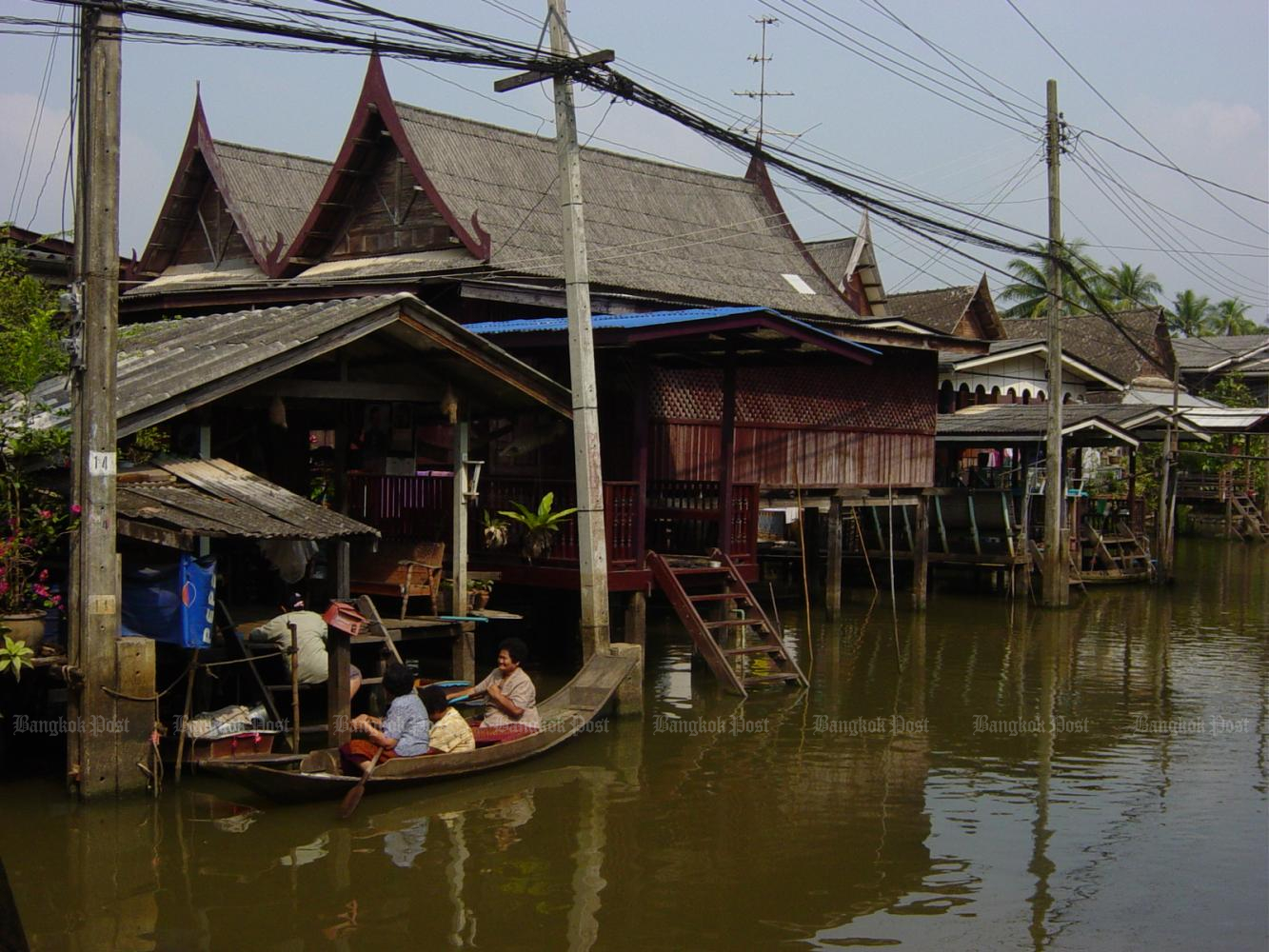Food production has developed considerably over the years and it is hard to foresee what it will be like in the future. No one knows what kind of raw materials and ingredients will be used or how the food will taste. However, we can trace back how Thai dishes were prepared in the past and how they have been developed to this day.
It is hard to say which is better as we can only compare the present with the past. Presently, consumers are generally more concerned about food quality and its impact on their health. But in looking back at how food was prepared in the past, we may learn more about the origins of food, what is safe for consumption and what is good for our health. Then we can adopt and adapt as best fits our lifestyle.
Thailand was historically an agricultural-based society. Almost the entire country, especially the Central Plains, was farmland. Farmers grew rice, fruit, vegetables and other food crops for household consumption. They exchanged the surplus with neighbours or sold to buyers outside their communities. Such a lifestyle led to floating markets, a meeting point where villagers came to exchange and trade their agricultural produce. People weren't bothered about how much money they made as they already had enough to eat at home.
Every household grew food plants such as lemon grass, galangal, aromatic rhizome, basil, sweet basil, eggplant, cucumber, ivy gourd and climbing wattle. Common fruit trees included coconut, tamarind, banana, santol, madan, jackfruit, olive, kaffir lime, lemon, tangerine. Farmers grew tuber crops like cassava, taro, yam and sweet potato. Annually, different plants germinated in each season: bai chaploo, pandan, morning glory and so on.
Fish was abundant in canals and rivers. Pork or chicken, meanwhile, were not everyday meals. Villagers would cook pork and chicken on special occasions only.

Stir-fried lotus trunk with prawns.
In orchards, irrigation ditches were made between vegetable beds to retain water and keep the soil moist. Fish and other aquatic life propagated naturally in these ditches. In cooler months, farmers dredged the ditches, scooping out the mud to enrich the garden beds. The deep and broad ditches gave more even space for fish to thrive.
Thai cuisine uses all parts of a plant for cooking: stalk, trunk, flower, root, bulb, rhizome, corn, seed pot and leaves. These are all used extensively for different purposes all year round.
Bai chaploo germinate in the rainy season and grow well under the canopy of big trees. Chaploo leaves are used as a main vegetable for making roasted pork curry with coconut cream. Hog plum leaf is delicious when eaten with nam prik. It is also used with boiled chicken meat and shredded roast coconut in salads.
Tamlueng vines also love the monsoon season. The shoots are perfect for adding to kaeng jued with minced pork or putting in a spicy salad with prawns. Morning glory shoots can be eaten in various ways. One of the best is with kaeng som.

Morning glory shoots grown in an orchard ditch.
Various types of flowers can be eaten. Galangal flowers are steamed with fish. Dok kae is added to kaeng som. Young jackfruit goes well with pork red curry. Gourd, cucumber, namtao, baby watermelon or cucumber-like buab are best for making kaeng lieng, with basil leaves added at the end.
In different seasons, cooks use different parts of the plants. For example, tamarind juice or madan is used to season tom yam in place of lemon, which is scarce and expensive in the dry season. Similarly, tamarind juice or kaffir lime juice is used instead of lemon juice in kaeng ped pak bung (curry with coconut cream of morning glory shoots with streaky pork).
These are some examples of how different parts of plants are used. But this has become less practical these days. Farming methods have shifted to serve large scale agribusiness. Farmers opt to grow plants according to market demands and use money from selling farm produce to buy food, which is a far cry from the traditional lifestyle when farmers grew what they ate and sold the surplus.
Agribusiness in general aims for massive production. It requires big investments to pay for land, machinery, fertiliser, herbicide, pesticide, farm maintenance and labour. Large-scale farms tend to focus on monocropping. This can eventually lead to massive surpluses, which can then result in a drastic fall in price. Over time, falling prices of agricultural products become a national issue and the government has to come to the rescue of the farmers.
Fortunately, more and more people have started to realise the negative impact of monocropping and are resorting to sustainable farming, growing mixed crops and refraining from using chemicals. Chokdee Poralokanont, 60, of Wang Nam Khiew, Nakhon Ratchasima used to work for years for a private company but never earned enough to afford a decent living. He returned to his hometown and started a farm with hope for a better life.
Inexperienced and unequipped with knowledge, he failed repeatedly in his attempt to grow one crop and lost all his savings.

Spicy salad.
Then he learnt about self-sufficiency farming -- planting for household consumption. He decided to grow bamboo trees because bamboo shoots are edible and bamboo trunks are saleable. Bamboo shade keeps the soil moist and nourished. After a while, the barren soil became fertile. Once the soil became moist, the pond was able to retain rain water. He later started to grow more varieties of food plant, all of which began to flourish and bear fruit. He now has more than enough to feed his family with some extra left over to sell.
Food production continues to move forward at a fast pace. Whether the advancements we are making are ultimately good or bad remains to be seen. Perhaps, it is wise to take pause, look back at the past and use it as a guideline for the future.

